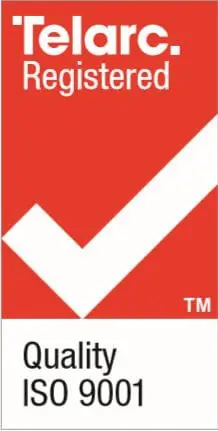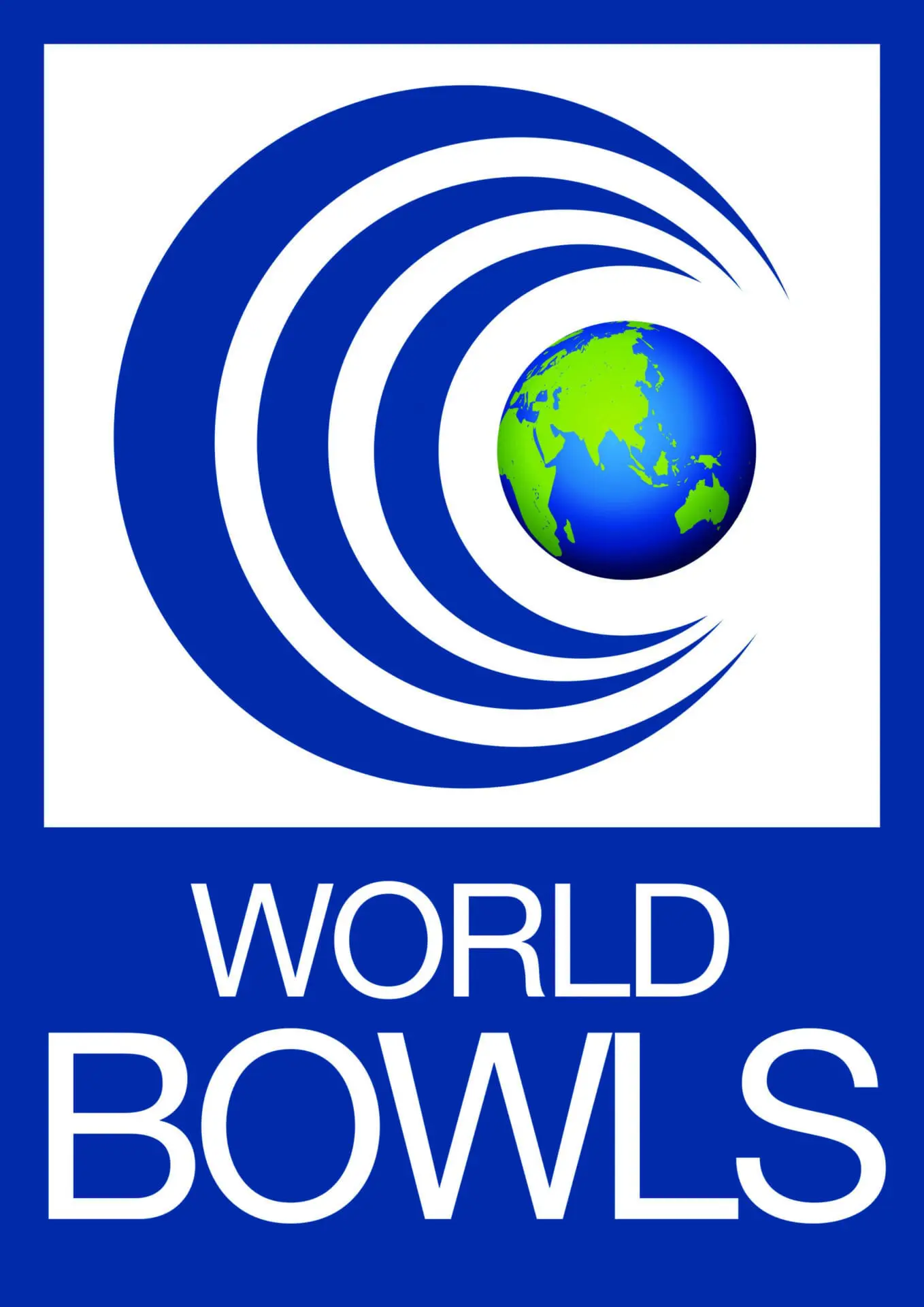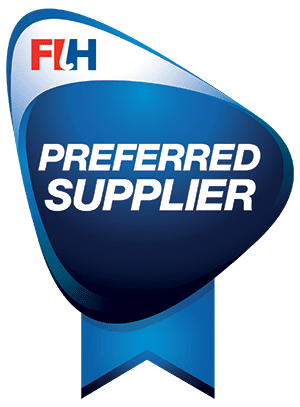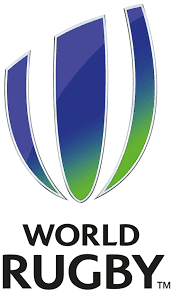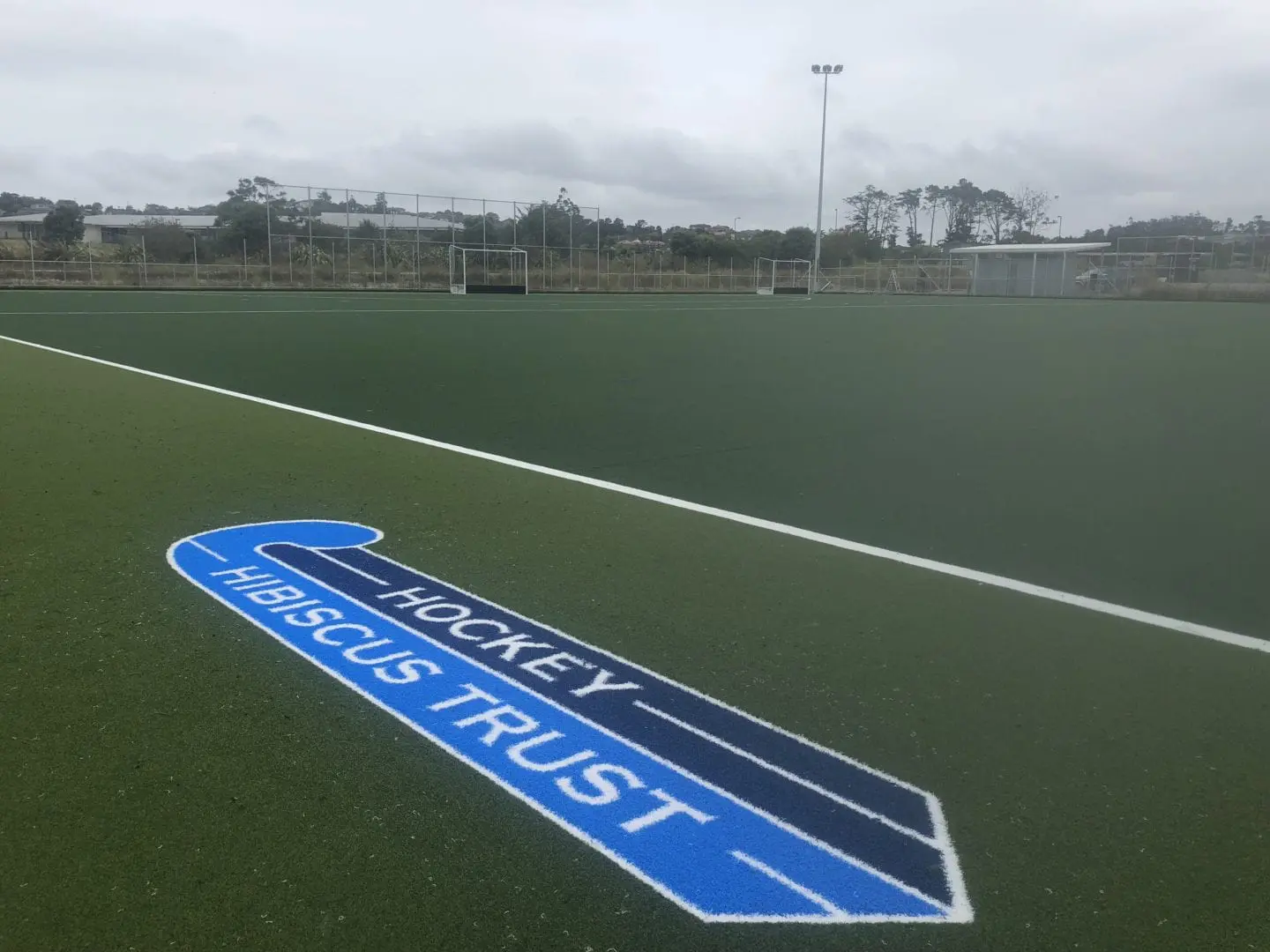
When it comes to selecting synthetic turf for hockey fields, there are several factors to consider. This includes the type of turf, intended use and materials. Read on for a detailed breakdown of these factors to guide you in choosing the best artificial grass for hockey fields across New Zealand.
A high-quality hockey turf should tick a few boxes: it must be durable, designed for frequent use, and safe for players. As with any fast-paced sport, hockey athletes will be crossing the turf at pace and executing complicated manoeuvres. High-performance synthetic hockey surfaces are an ideal alternative to traditional turfs, with our grain-free turfs enhancing ball performance by eliminating grab.
The first step in choosing artificial grass for hockey is determining the type of turf you require.
Sand-dressed turfs consist of synthetic fibres that are part-filled with sand. These result in slower play than water turfs, but are an affordable option that doesn’t greatly impact performance. Sand-dressed hockey turfs are ideal for schools and competitive clubs.
More durable than sand-dressed turf, sand-filled turf are – as the name suggests – filled with sand. Because of this, they are not optimal for hockey with less ball bounce and player control. This type of turf is a good option for those seeking a multi-use turf that can accommodate tennis, football and other sports as well.
There’s a reason water-based hockey turfs are usually the preferred option for professional and global competitions. With an exceptionally smooth surface they ensure high ball speed and optimal player control. However, they are more costly to maintain as they require irrigation.
Synthetic turf is a popular choice for both casual and professional hockey, thanks to its resilient nature and versatility. Below are a few of the main benefits artificial grass provides.
Understanding the central specifications and material options available to you is important when choosing which artificial grass to go with. You are wanting a balance between safety, player precision, maintenance and affordability.
There are several yarn options, each with their own pros and cons.
Once you have chosen the type of turf you want and materials, it should be professionally stalled for optimal safety, longevity and performance. We’ve prepared a short summary of installation steps to give you an idea of what is required during this important phase.
Installation is just one phase of the process. Maintenance is key in ensuring you get the most out of your artificial grass for hockey and that it lasts for years to come. Professional maintenance will deliver best results, and can be ordered to suit your needs and budget.
Ready to purchase premium-quality, long-lasting artificial grass for hockey? Discover more about TigerTurf’s sustainability values and practices here and call now to get started on your synthetic turf journey!
